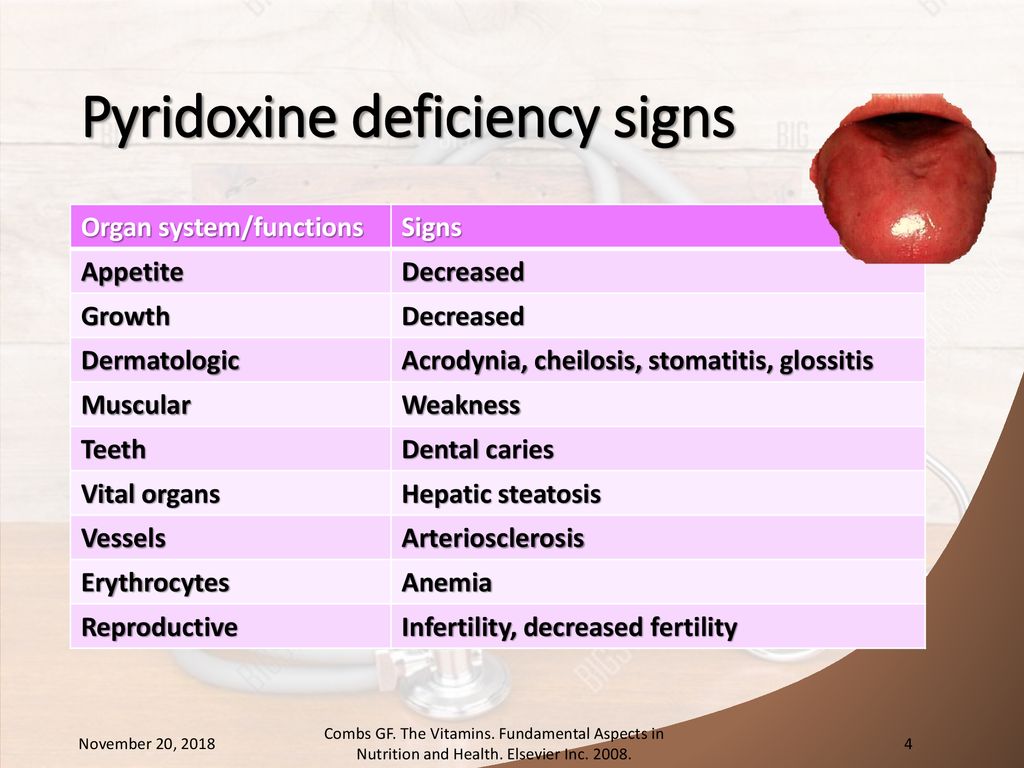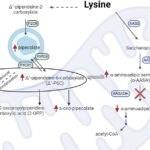Pyridoxine deficiency, commonly referred to as vitamin B6 deficiency, is a medical condition resulting from insufficient levels of pyridoxine, a vital water-soluble vitamin essential for numerous enzymatic processes. Vitamin B6 is critical for amino acid metabolism, neurotransmitter synthesis, immune function, and hemoglobin production. Its deficiency can lead to a spectrum of clinical manifestations ranging from neurological disturbances to hematologic abnormalities, requiring early recognition and intervention.

Key Roles of Pyridoxine in the Body
Pyridoxine operates as a coenzyme for more than 100 enzymatic reactions. Its primary roles include:
- Amino acid metabolism and neurotransmitter synthesis (e.g., serotonin, dopamine, GABA)
- Regulation of homocysteine levels
- Hemoglobin synthesis and oxygen transport
- Immune system modulation
- Glucose metabolism through glycogenolysis
Deficiency in pyridoxine disrupts these processes, leading to diverse systemic effects.
Causes of Pyridoxine Deficiency
Inadequate Dietary Intake
Although rare in developed countries, malnutrition or poor dietary habits can result in insufficient vitamin B6 levels, especially among the elderly, alcoholics, and individuals with eating disorders.
Increased Requirement
Certain physiological and pathological states elevate the body’s requirement for pyridoxine, including:
- Pregnancy and lactation
- Hyperthyroidism
- Chronic infections
Malabsorption Syndromes
Gastrointestinal disorders such as celiac disease, inflammatory bowel disease, and short bowel syndrome impair pyridoxine absorption.
Medication-Induced Deficiency
Several medications interfere with vitamin B6 metabolism:
- Isoniazid
- Hydralazine
- Penicillamine
- Oral contraceptives
- Levodopa
Genetic Disorders
Rare inborn errors of metabolism, such as pyridoxine-dependent epilepsy, result in impaired utilization of vitamin B6.
Symptoms of Pyridoxine Deficiency
Pyridoxine deficiency manifests with a wide range of symptoms depending on severity and duration:
- Neurological Symptoms:
- Peripheral neuropathy (tingling, numbness)
- Irritability
- Depression
- Confusion
- Seizures (especially in infants)
- Dermatologic Symptoms:
- Seborrheic dermatitis-like rash
- Cheilitis (cracks at the corners of the mouth)
- Glossitis (inflamed, sore tongue)
- Hematologic Symptoms:
- Microcytic anemia unresponsive to iron therapy
- Immune Dysfunction:
- Increased susceptibility to infections
Neurological complications are particularly concerning, necessitating prompt diagnosis and management.
Risk Factors for Pyridoxine Deficiency
- Chronic alcoholism
- Malabsorptive disorders
- Autoimmune diseases
- Prolonged dialysis
- Use of pyridoxine-antagonistic medications
- Advanced age
- Strict vegan diets without supplementation
Identifying these risk groups allows for targeted screening and early intervention.
Diagnosis of Pyridoxine Deficiency
Clinical Assessment
A comprehensive history and physical examination focusing on neurological, dermatologic, and hematologic findings is essential.
Laboratory Tests
- Serum Pyridoxal 5′-phosphate (PLP) levels: PLP is the active form of vitamin B6 and serves as a reliable marker.
- Complete Blood Count (CBC): Reveals microcytic, hypochromic anemia.
- Electroencephalogram (EEG): In cases of unexplained seizures, especially in infants.
Additional tests may be necessary to evaluate underlying causes such as malabsorption or medication effects.
Treatment and Management of Pyridoxine Deficiency
Dietary Modification
Enhancing dietary intake of vitamin B6-rich foods:
- Poultry (chicken, turkey)
- Fish (salmon, tuna)
- Potatoes and other starchy vegetables
- Non-citrus fruits
- Fortified cereals
Supplementation
- Oral Pyridoxine: Typical doses range from 50–100 mg daily until symptoms resolve.
- Intravenous Administration: Reserved for severe cases, particularly when malabsorption or seizures are present.
- Maintenance Therapy: Lower doses may be continued in at-risk individuals to prevent recurrence.
Addressing Underlying Causes
- Discontinuation or substitution of pyridoxine-antagonistic medications when feasible
- Management of malabsorptive conditions
- Nutritional rehabilitation in cases of malnutrition
Frequently Asked Questions
What are the early signs of pyridoxine deficiency?
Early signs include irritability, depression, confusion, and peripheral neuropathy.
Which foods are highest in vitamin B6?
Poultry, fish, fortified cereals, bananas, and potatoes are excellent sources of vitamin B6.
Can vitamin B6 deficiency cause permanent damage?
Prolonged deficiency can result in irreversible nerve damage if not promptly treated.
Who should consider routine pyridoxine supplementation?
Individuals on medications like isoniazid, those with chronic diseases, and elderly individuals may benefit from preventive supplementation.
Is it possible to overdose on pyridoxine supplements?
Yes, excessive intake, particularly above 200 mg/day over long periods, can cause sensory neuropathy.

